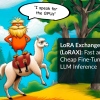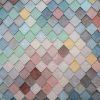In the world of computer vision and image processing, the ability to extract meaningful features from images is important. These features serve as vital inputs for various downstream tasks, such as object detection and classification. There are multiple ways to find these features. The naive way is to count the pixels. But in OpenCV, there […]










